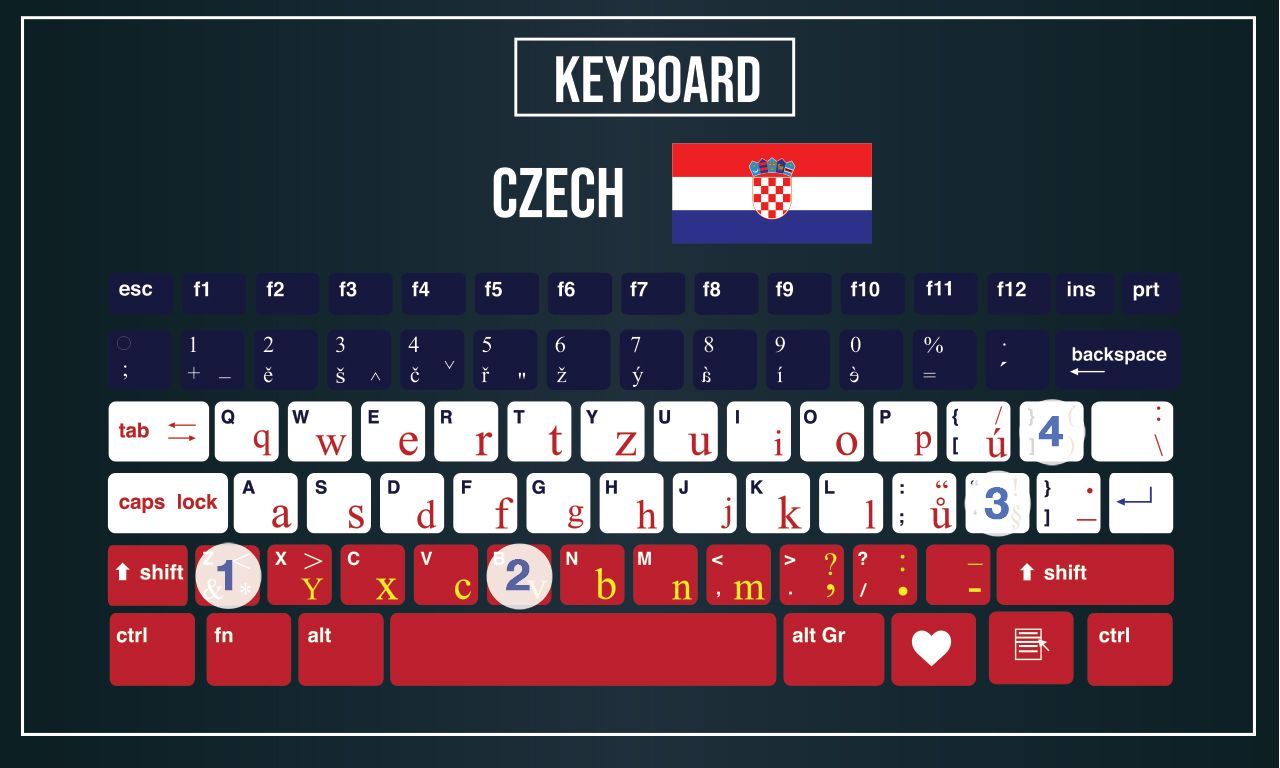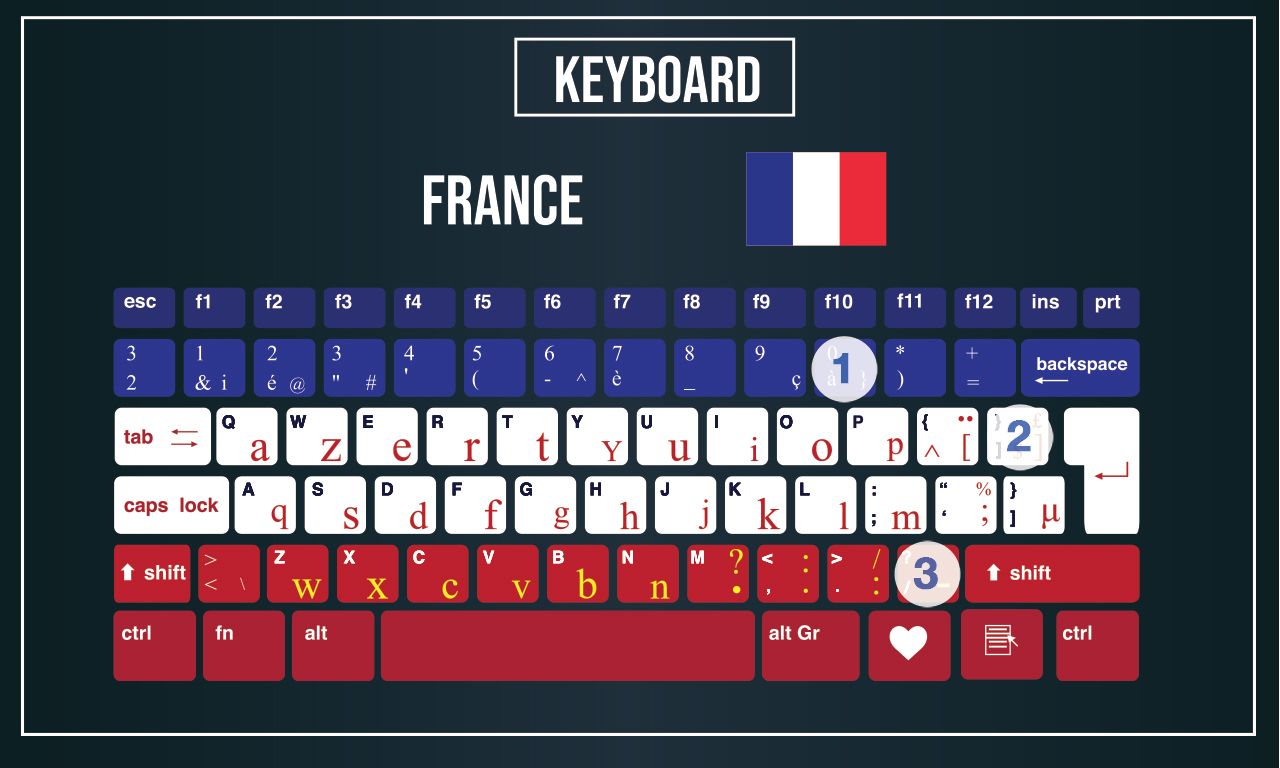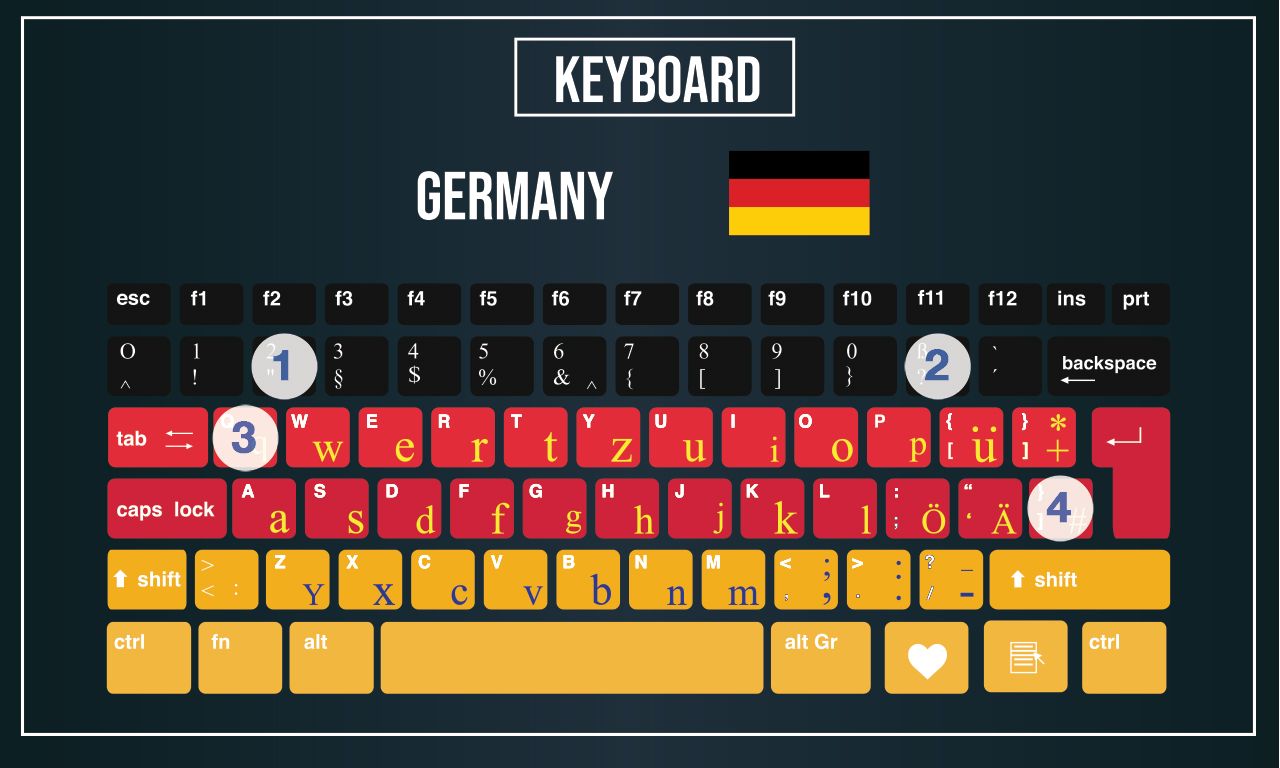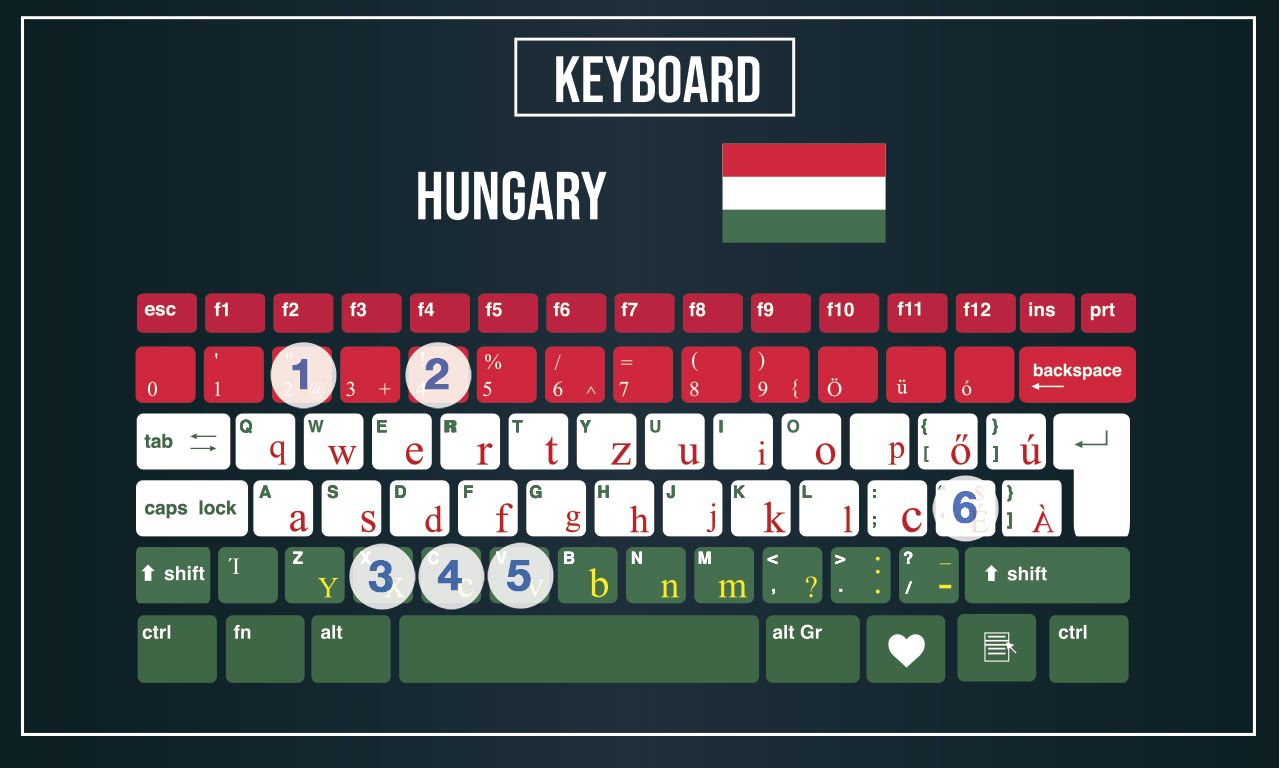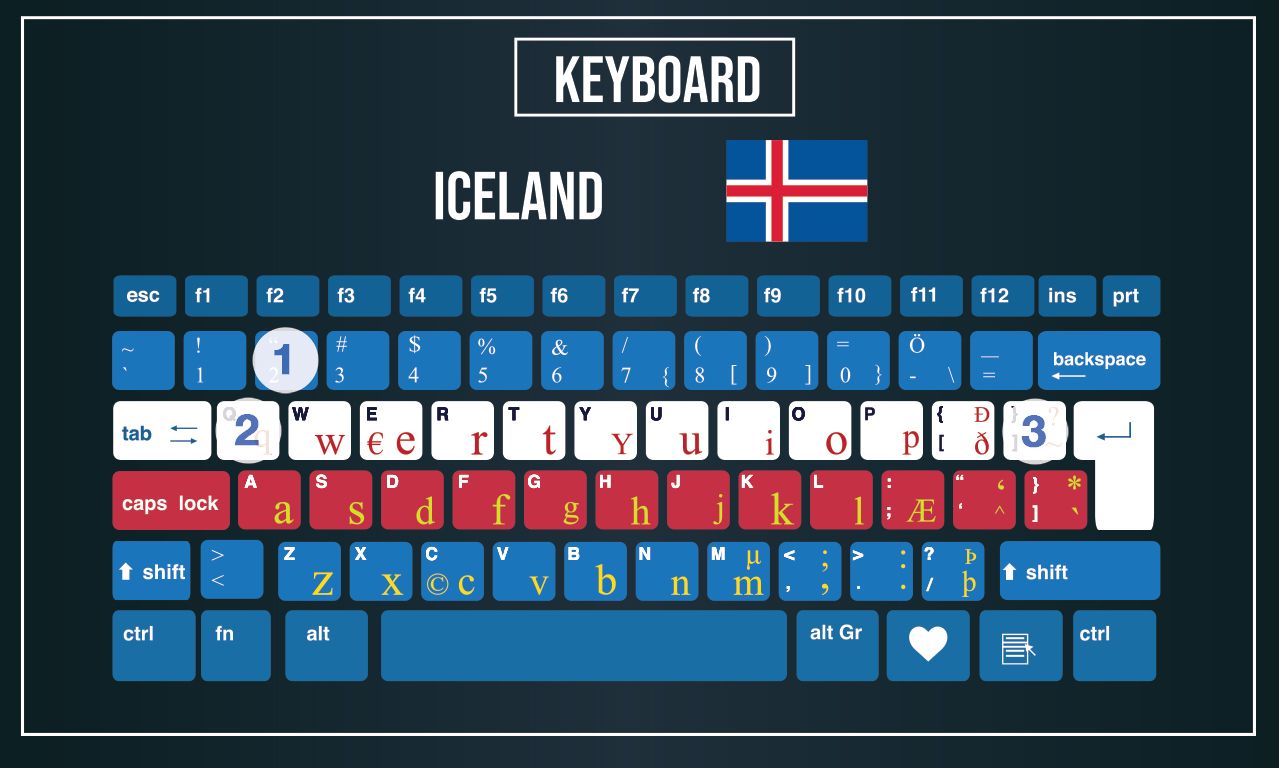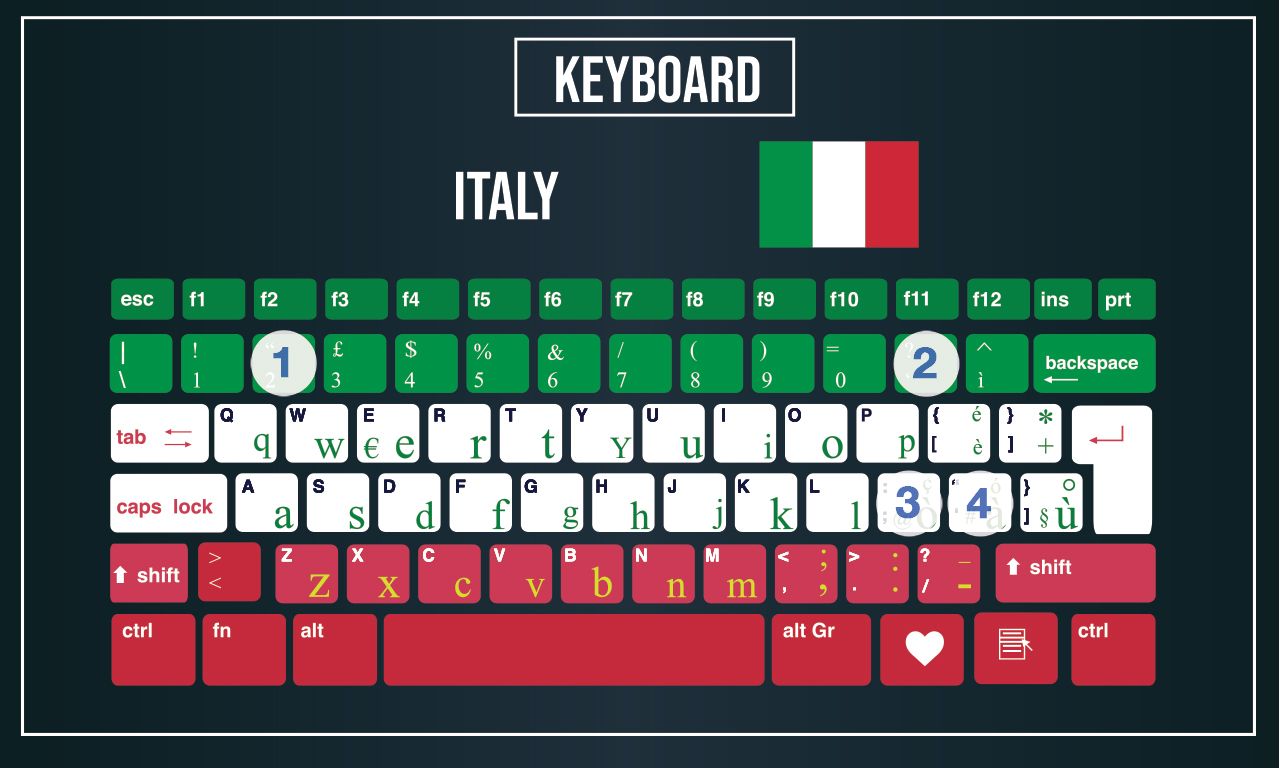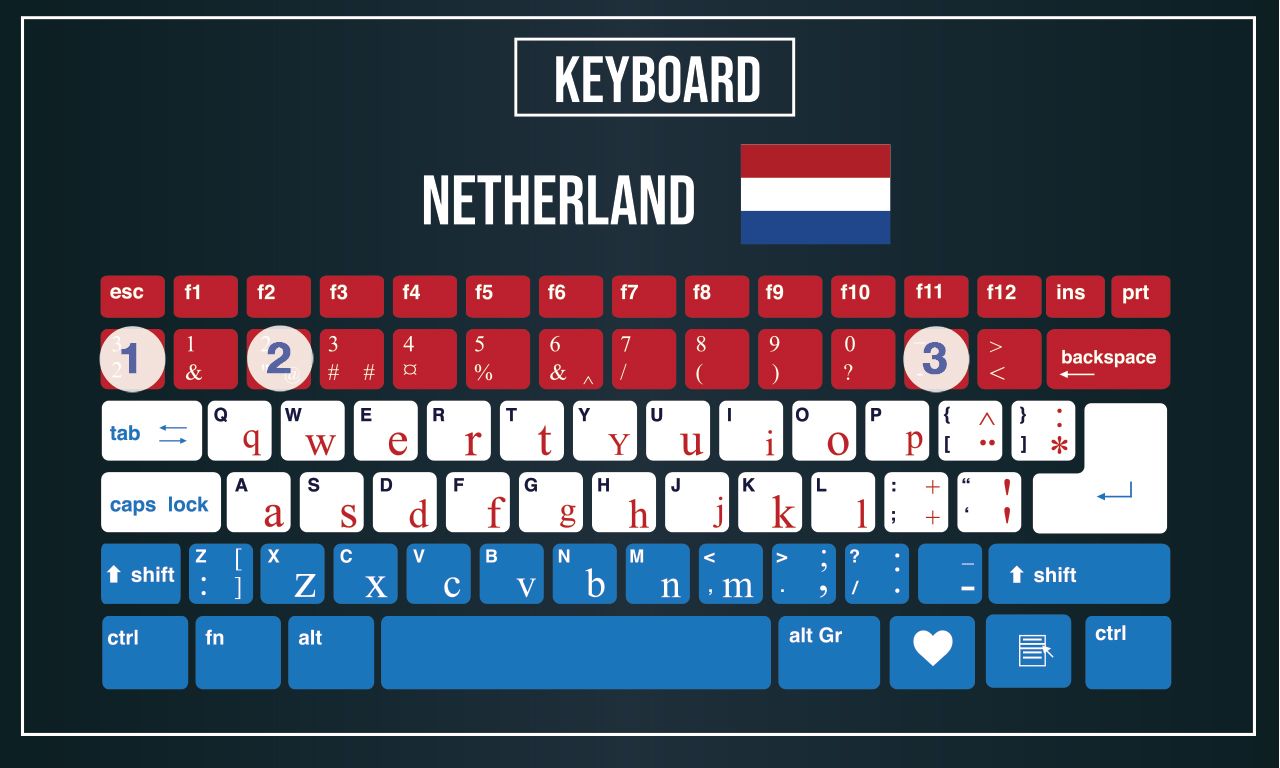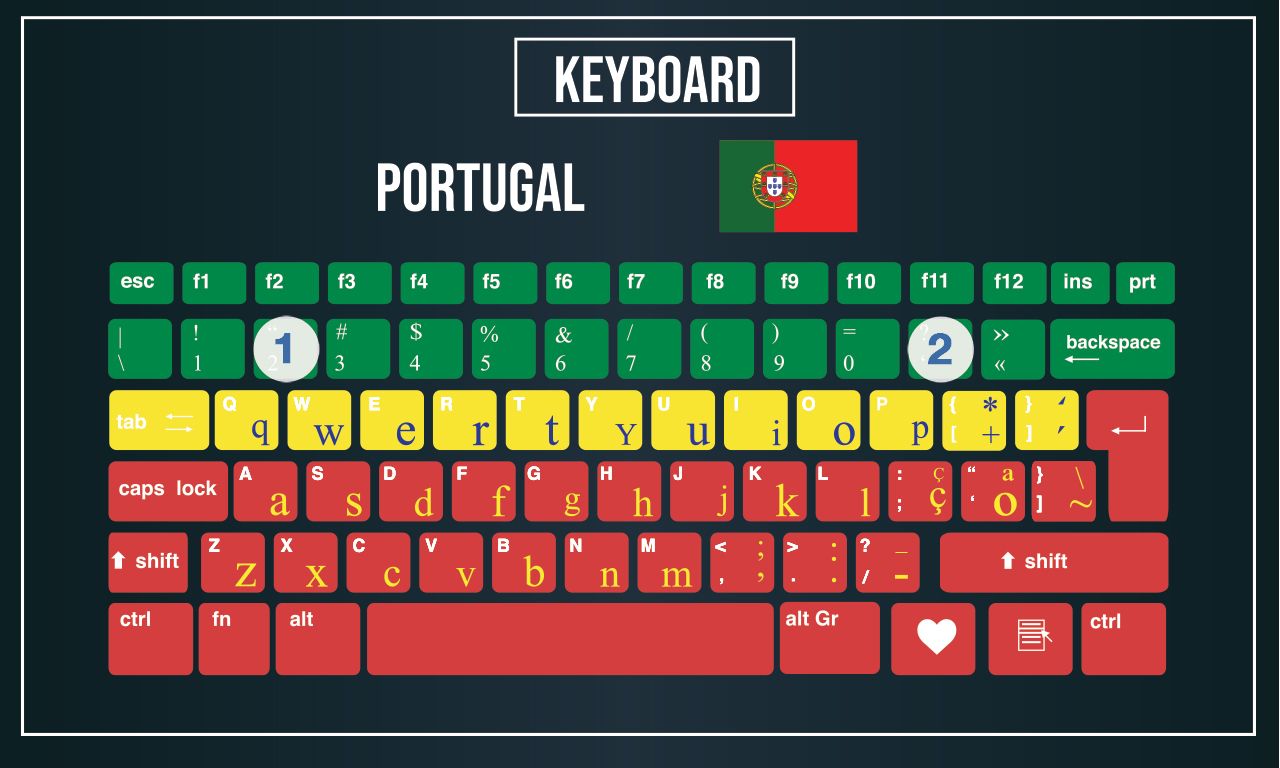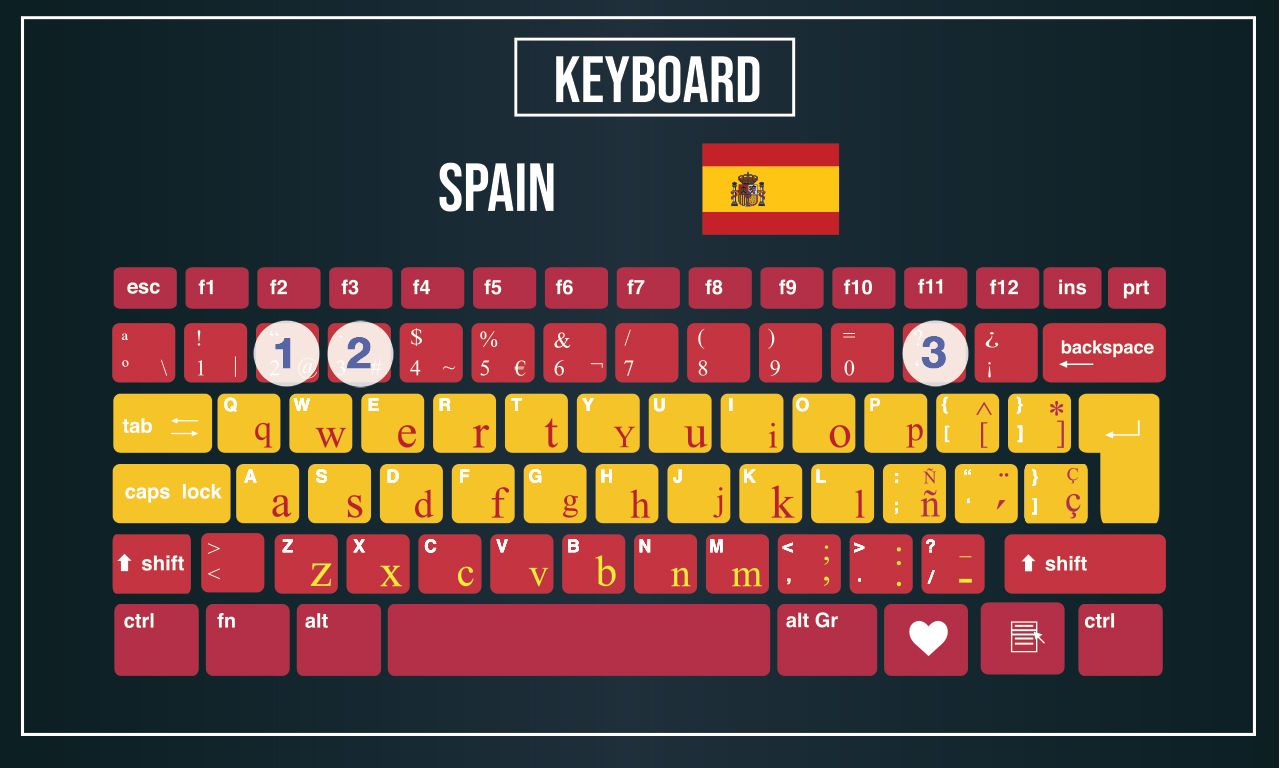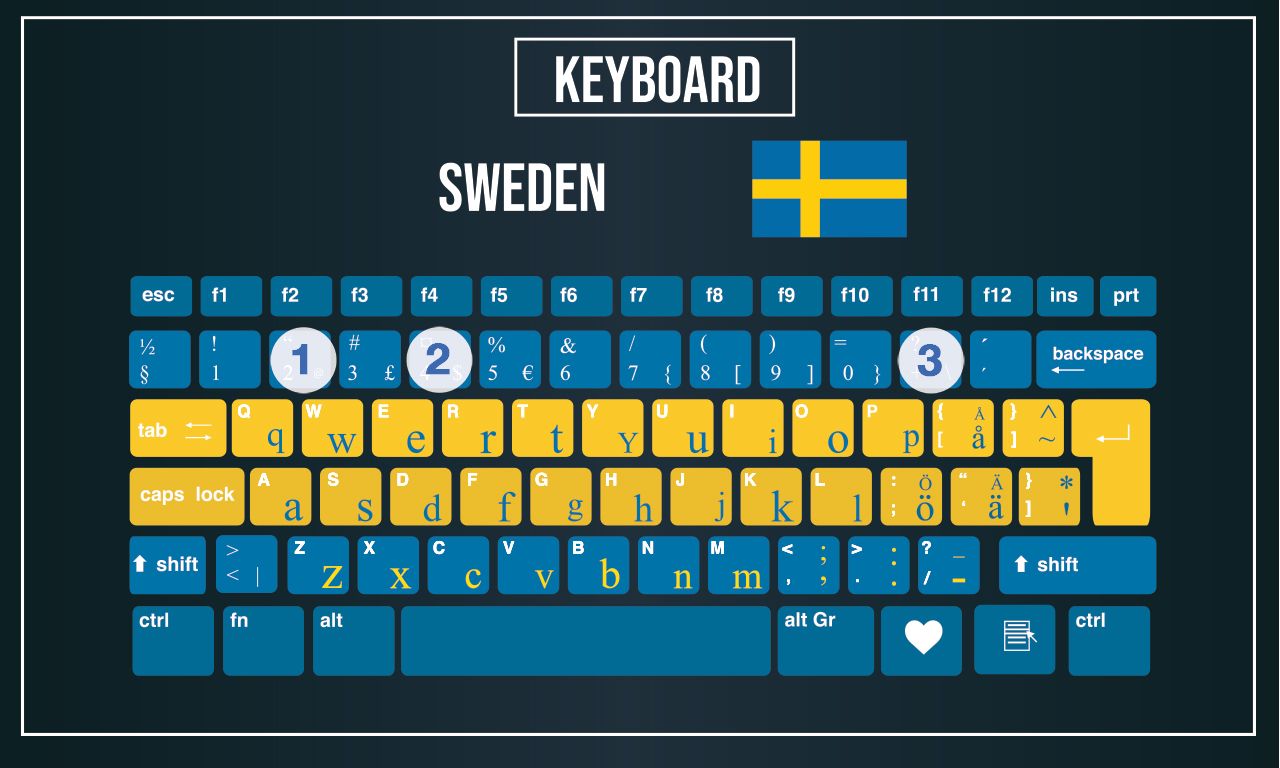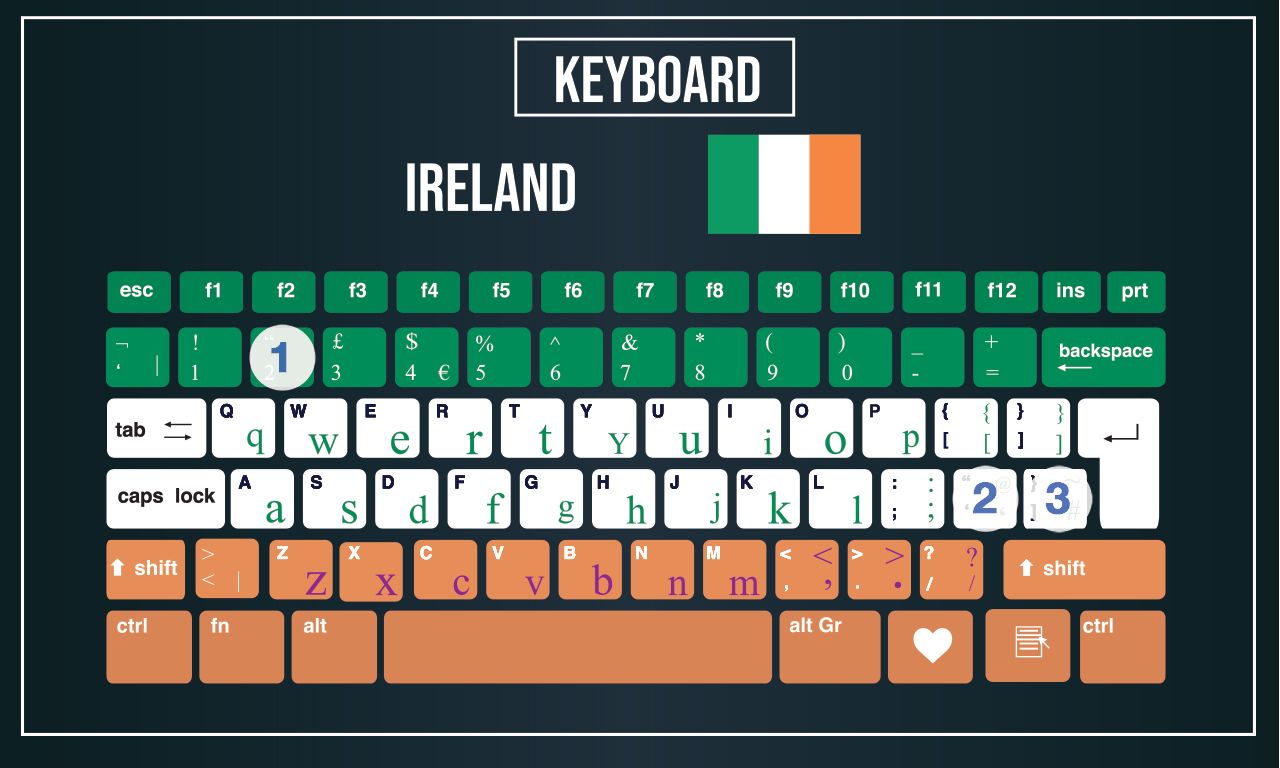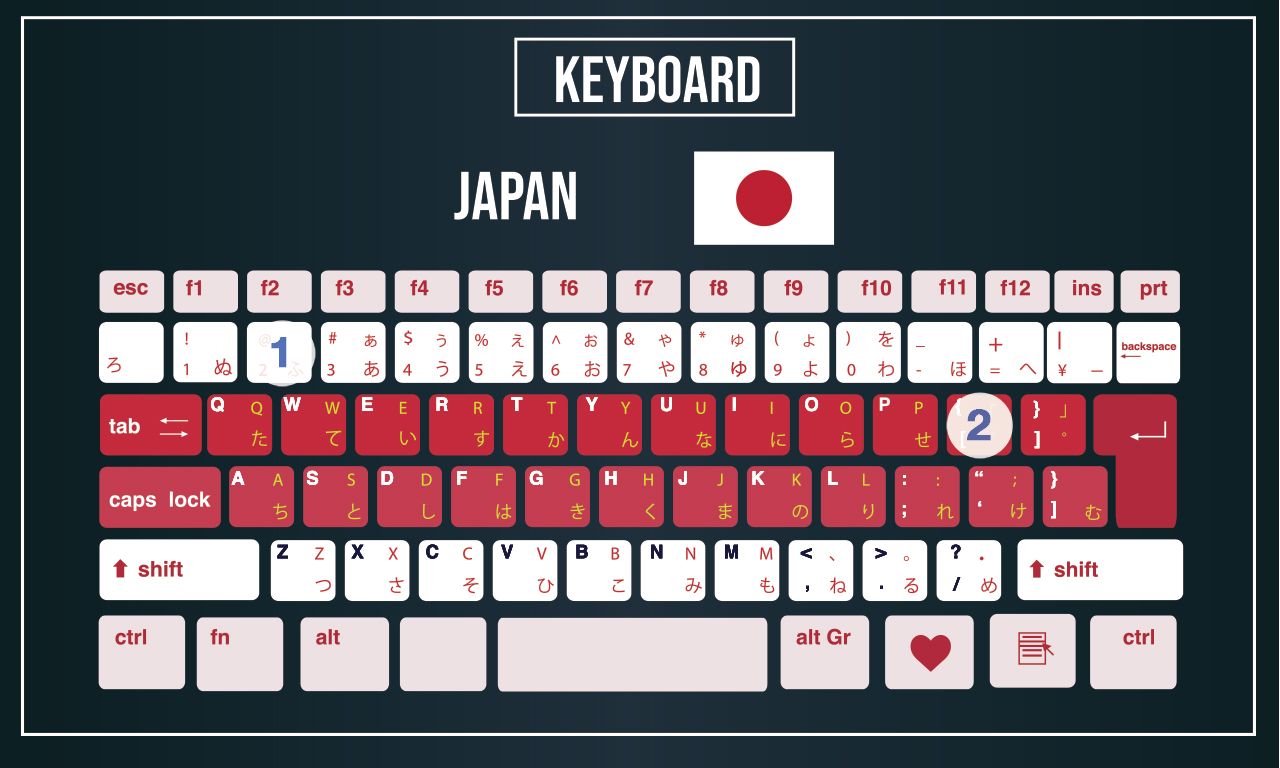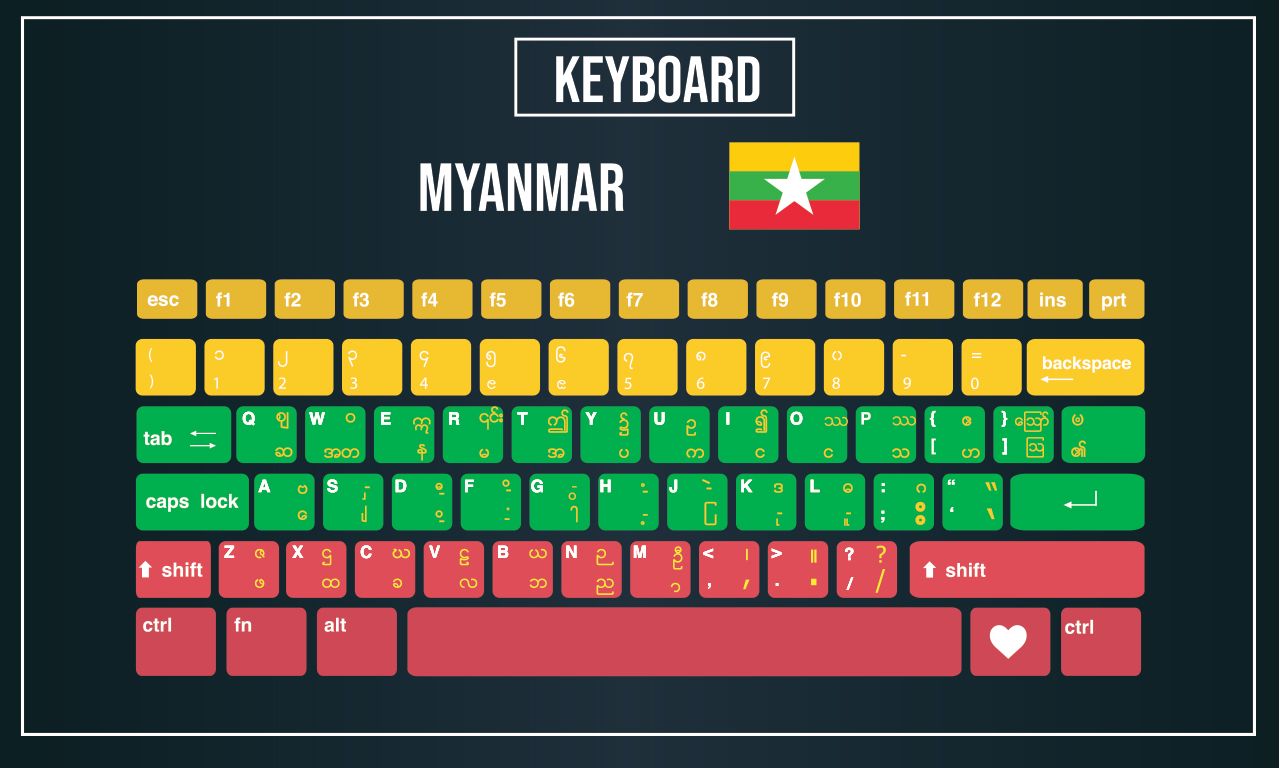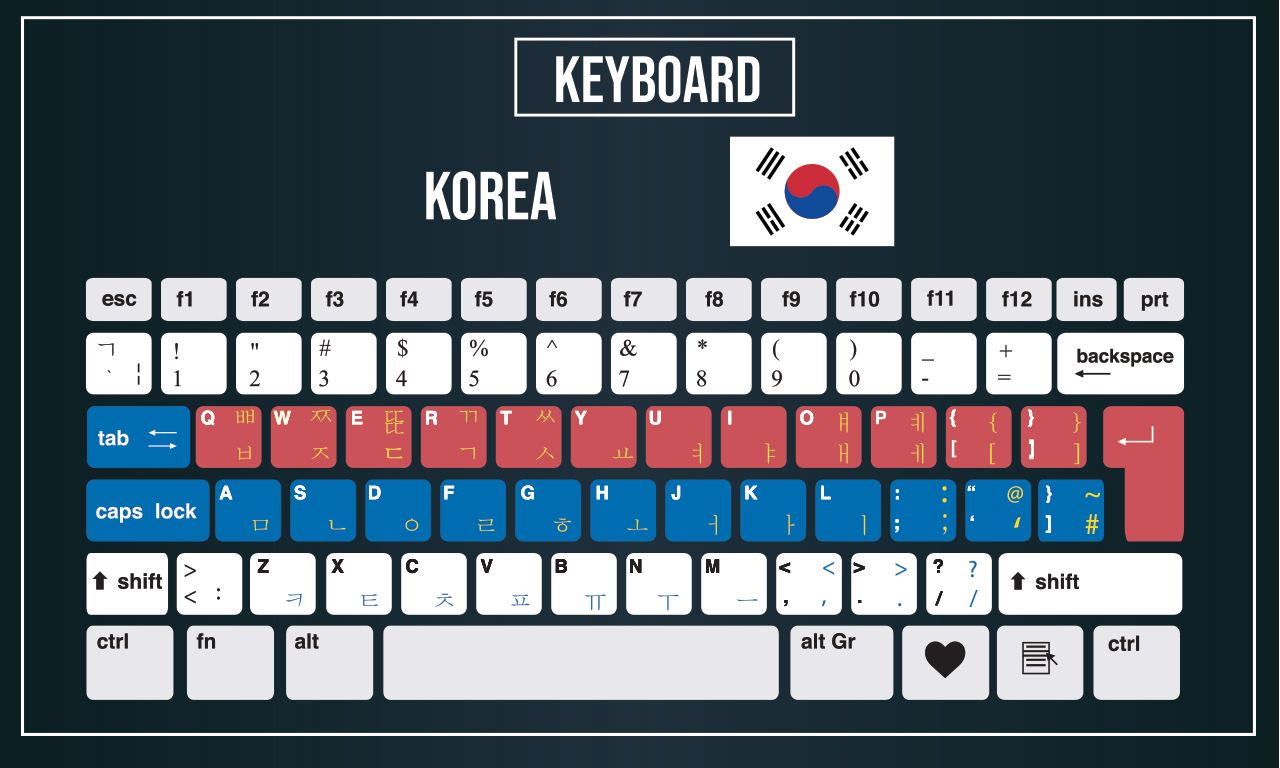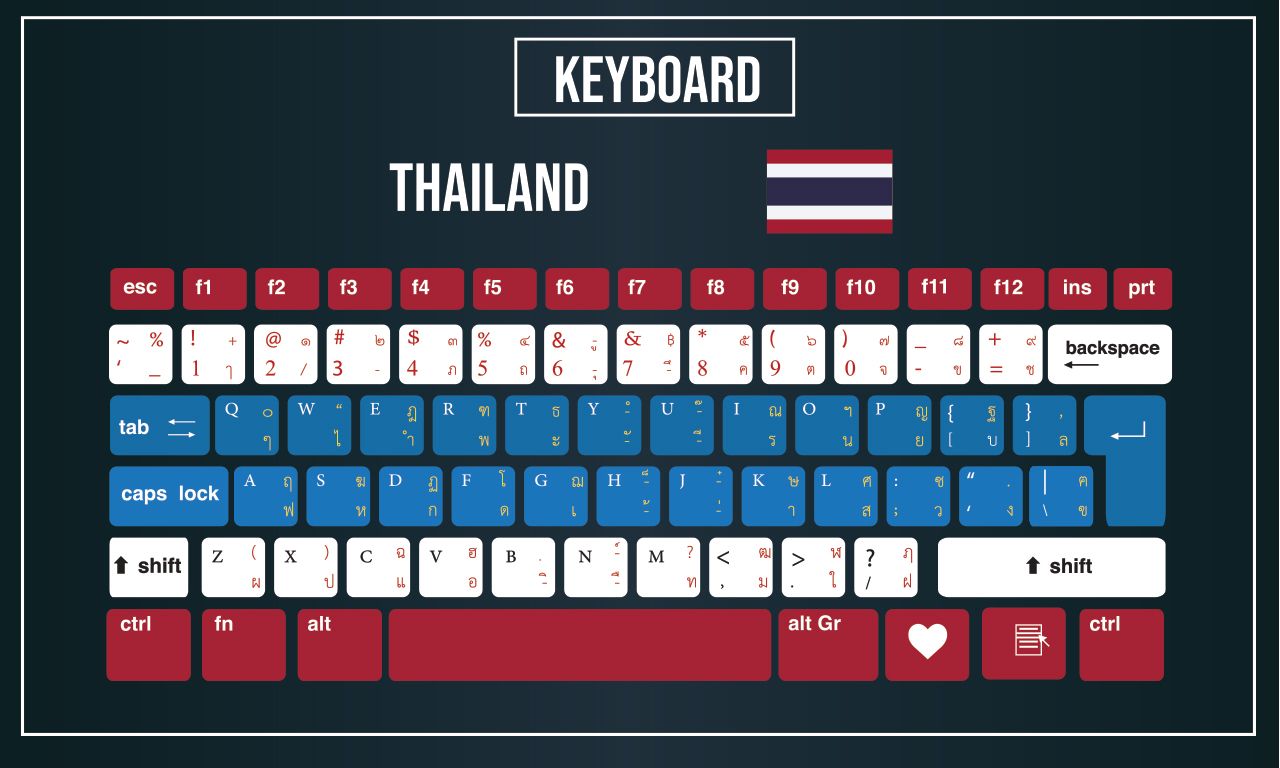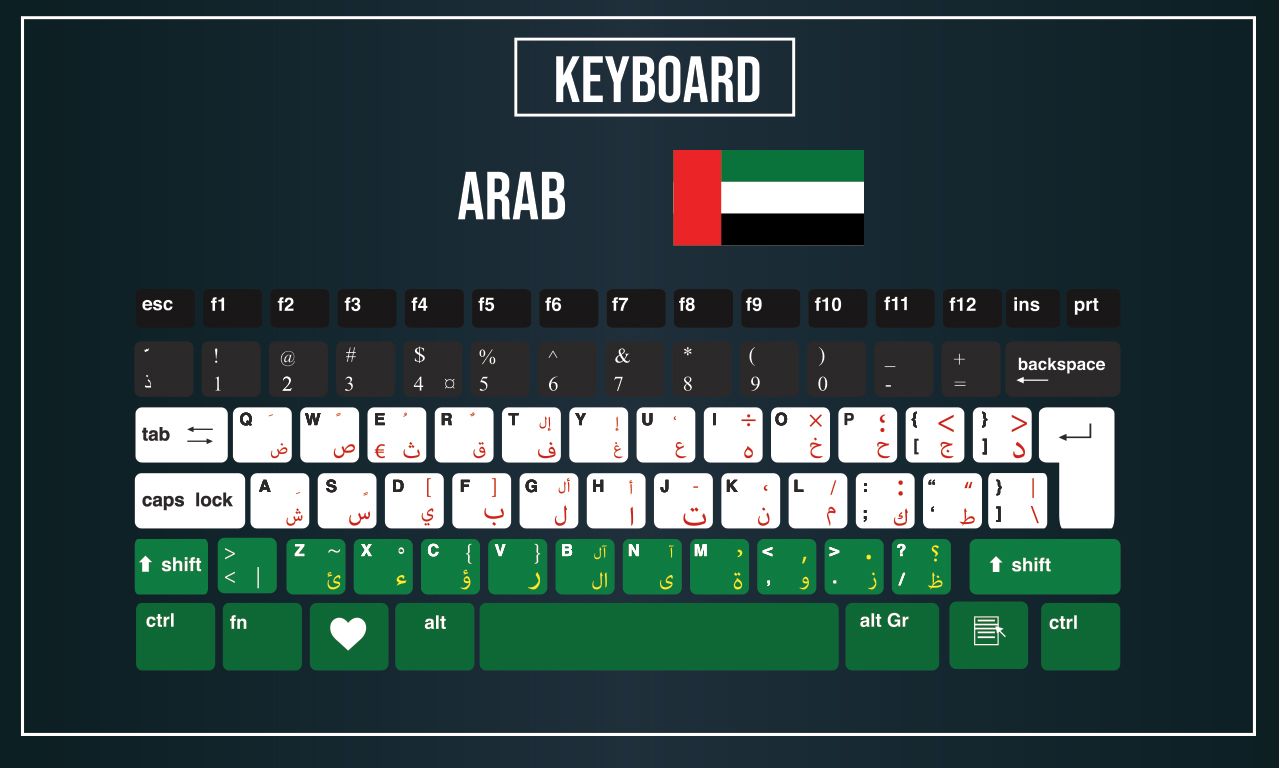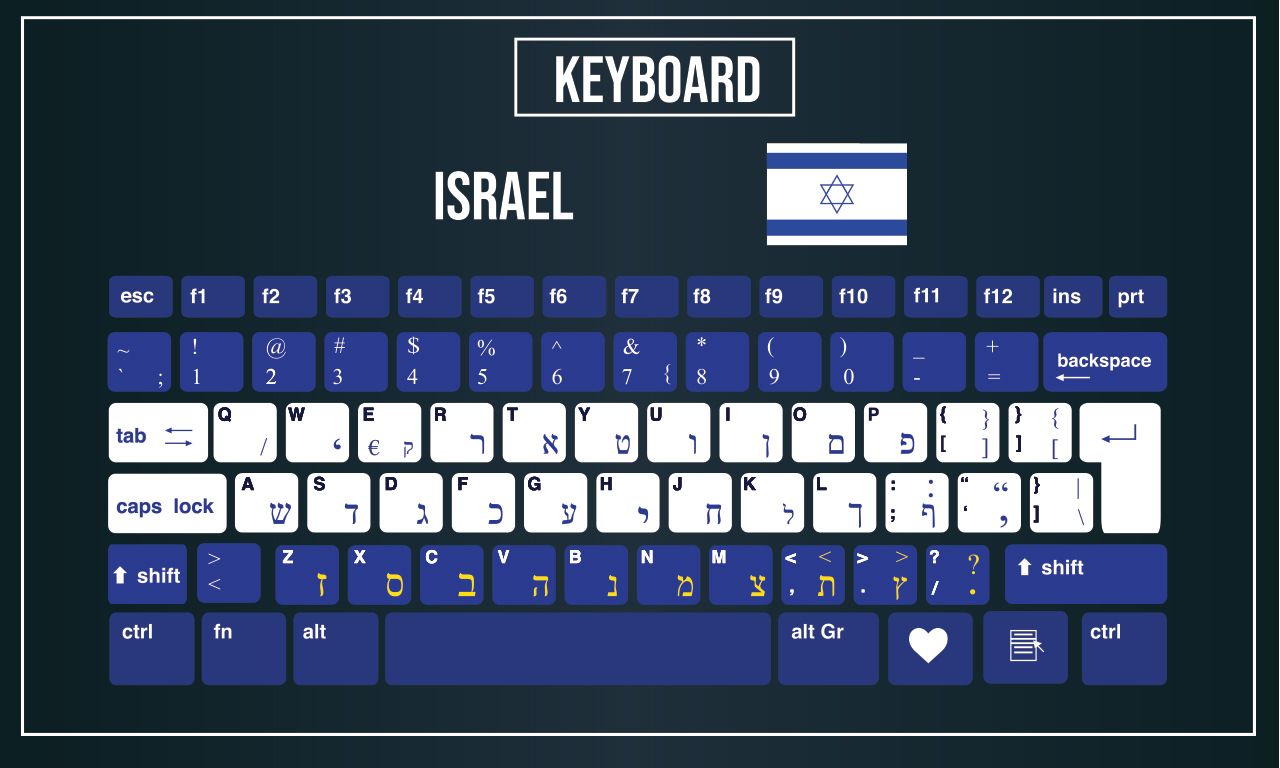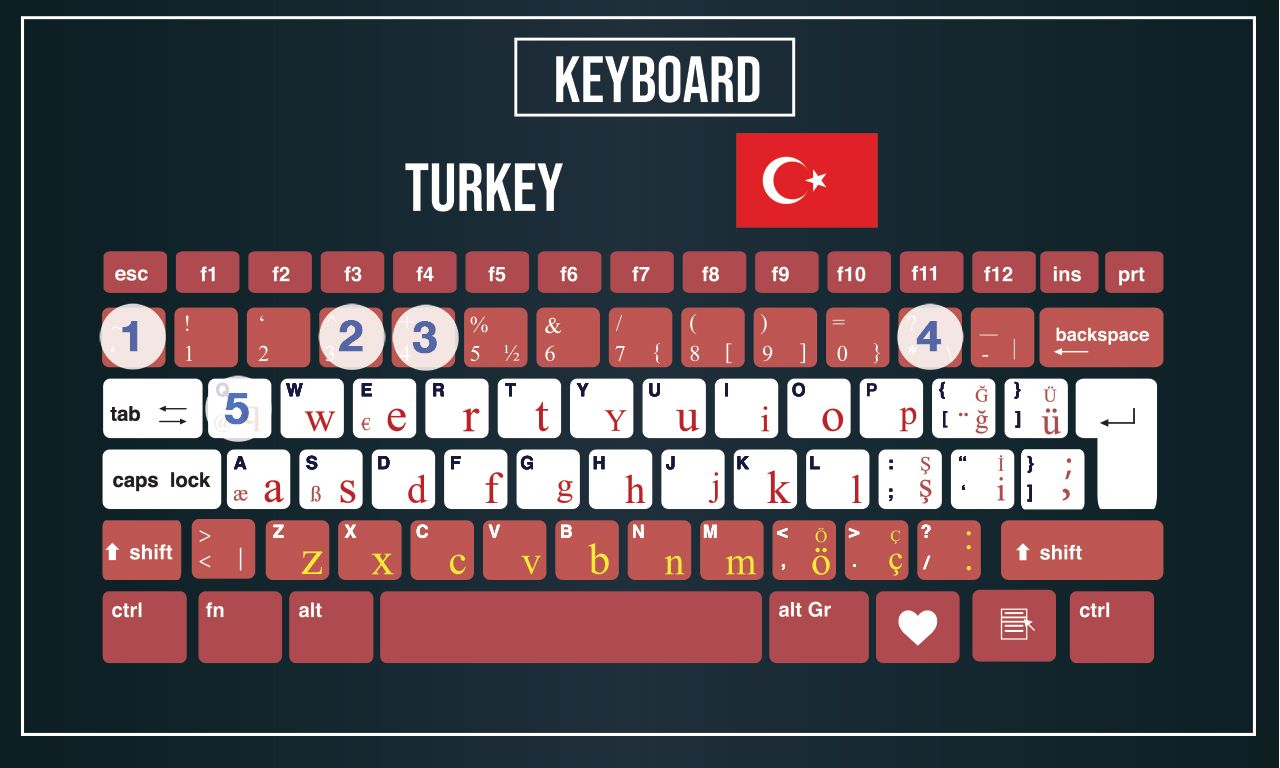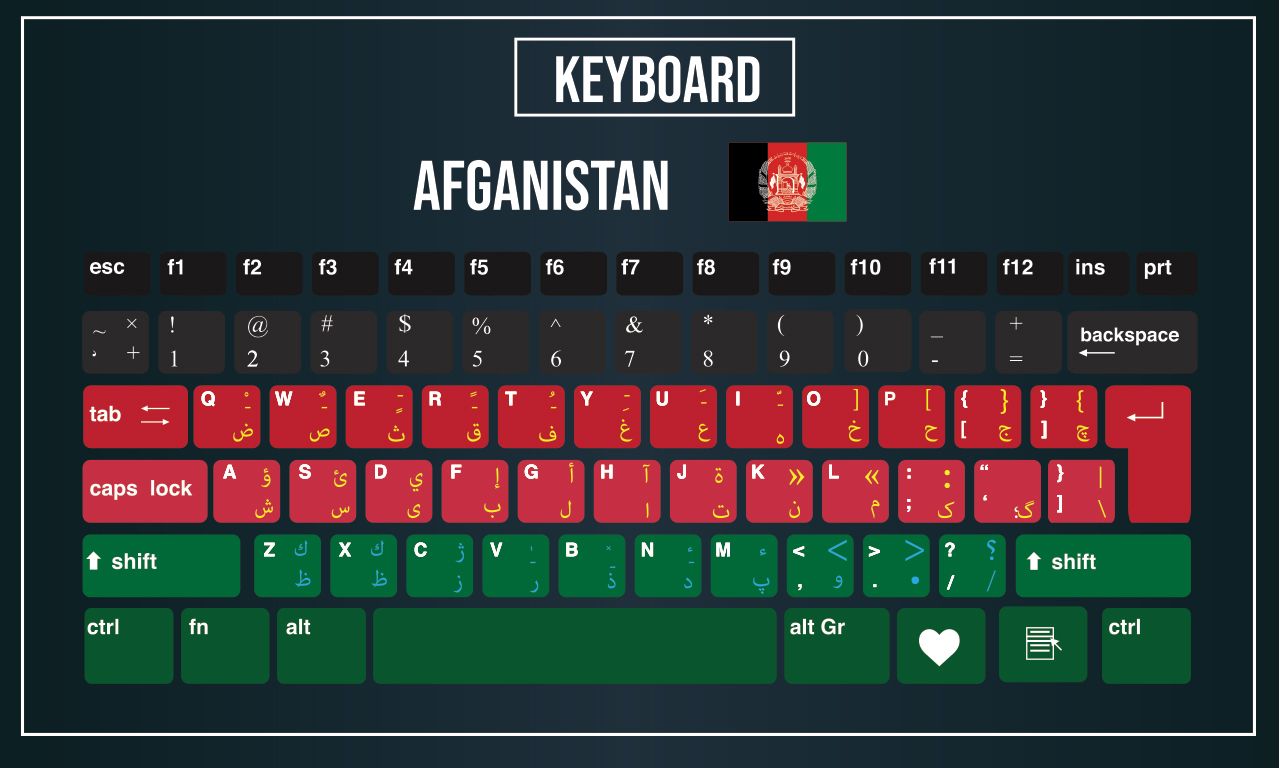IT’S EASILY ONE OF THE MOST ANNOYING THINGS about not bringing a laptop or tablet while traveling: foreign keyboards. Especially when I’m pressed for time and Euros are disappearing while I’m finger-pecking my way around an email to send home from a backpacking trip through Europe. Even when the keys are in my familiar QWERTY layout, just trying to find the right punctuation can be super frustrating.
It’s like playing Where’s Waldo, keyboard style. And the time pressure just makes it worse: the clock in the bottom right is ticking down…Oh, too late, we’re shutting you down…sorry you didn’t locate the @ symbol in time. You lose.



